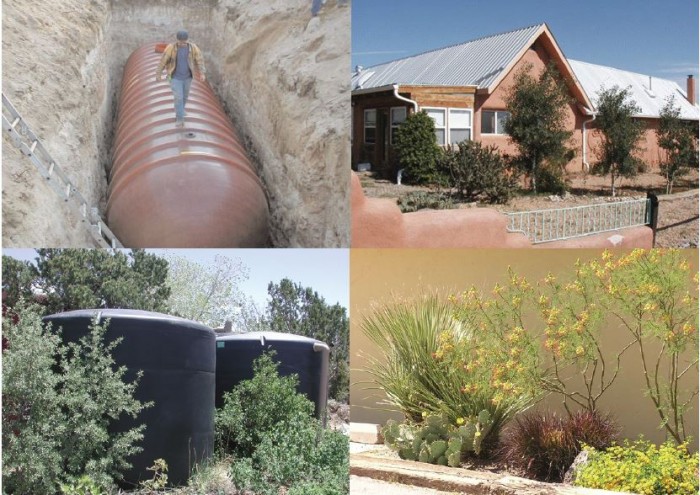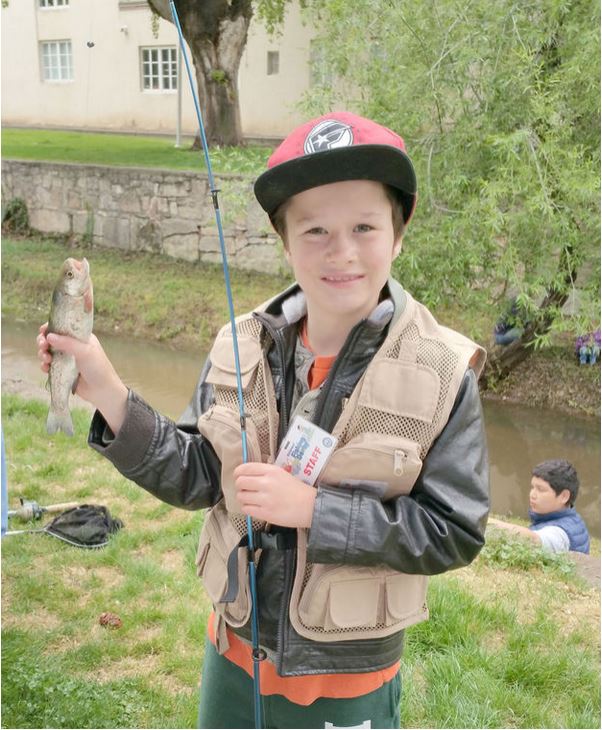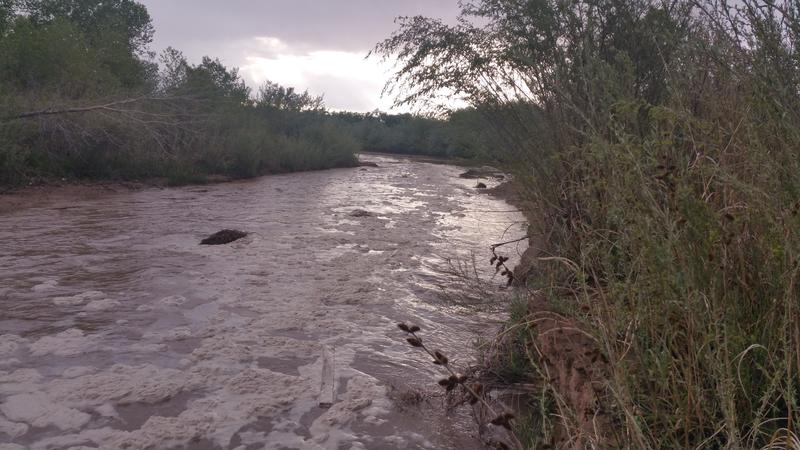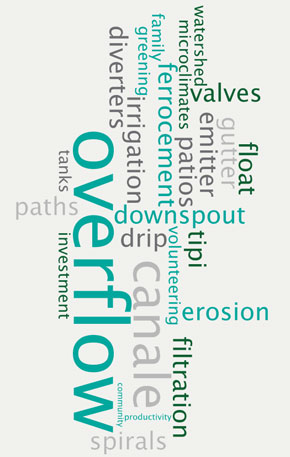The PermaDesign Weblog, with Nate Downey and Melissa McDonald!
Roof-Reliant Landscaping™ Step 1: A Long Term View
A roof-reliant landscape is not a short-term project that can be quickly accomplished in a weekend. Rather, it takes careful planning and patience to establish such a landscape. By definition, roofreliant landscaping uses plants that (1) can establish themselves within three to five years and (2) can, once established, bounce back quickly after a period of drought. In an ideal roof-reliant landscape, plant material is phased in over the course of several years so that the landscape can fit within a strict water budget3. One example of such a schedule might be:
08/28/2015 | (0) Comments
Tomato Leaf Tonic for Black Spots
Mary Perlmutter has a great solution for black spots in roses. The best part about it is that it mainly consists of the readily available ingredients of tomato leaves and onions.
Ingredients/Supplies:
10 Tomato Leaves
1 Medium Size Onion
½ Cup of Rubbing Alcohol
Cotton Batting
Stick(about the size of a chopstick)
Finely chop that tomato and onion and combine with the alcohol. Allow the mixture to sit overnight. After removing the more diseased leaves from the rose use swab tied to the stick to apply the mixture to the entire plant including the underside of the leaves.
08/28/2015 | (0) Comments
Tomato Blight?
A great tip from organic gardener Marion Hess is to use powdered milk to ward off tomato blight before it gets started. Her ingredients:
¼ cup plus 2 tablespoons powdered nonfat milk
½ cup Epsom salts (optional)
1 shovelful of compost (optional)
Sprinkle the powdered milk and optional ingredients into the hole before planting and mix with the surrounding soil. After planting your tomato, mix in an additional 2 tablespoons around the plant. Add a couple of tablespoons of powdered milk to the soil every few weeks taking care not to damage the developing root system.
08/21/2015 | (0) Comments
A Glossary of Liquid Assets
This month's column defines 28 forms of water, but that's only the tip of an iceberg of definitions for one of the few essential sources of life.
08/08/2015 | (0) Comments
Double Dipping
This is an excellent article in the New York Times about the intricacies, both political and physical, of the connection between surface water and groundwater.
07/24/2015 | (0) Comments
Interview on KSFR Radio
Appreciate rivers, rain, water harvesting, permaculture? Enjoy this interview of me on KSFR
http://www.santaferadiocafe.org/sfradiocafe/2015/07/01/nate-downey/
07/03/2015 | (0) Comments
Who Owns the Rain?
As the West’s water resources become stretched ever thinner, the mentality of zero-sum gain becomes more entrenched. People downstream see any and all activity having to do with water upstream of them as a threat. This does not need to be so, especially in the case of rainwater harvesting. As with all resources, water’s usefulness not only depends on its quantity but also upon the efficiency by which it is used. When rainwater is harvested from a roof the water can be directed or stored locally. This is far more efficient than letting the water run downstream evaporating along the way only to be sent back up a chain of leaky pipes using massive amounts of energy to the place the water first fell. If consumers downstream can see that for every gallon of water harvested from a roof it is one less gallon harvested from their river hopefully places like Colorado revise their policy regarding our most important resource.

06/18/2015 | (0) Comments
As Water Comes Up, Land Goes Down
When the land starts to subside because you’ve pulled so much water from beneath your feet, it might be time to consider additional options. As neighbor races neighbor chasing water further into the earth, the only winner seems to be the one selling the means to get there. This is a great article from the New York Times that talks about what happens when a precious resource is unregulated.
06/13/2015 | (0) Comments
It was a Wild Day for kids’ fishing
The banks of the Santa Fe River were swelling with water and people. It was raining (again!) and the City Different’s children’s fishing derby had lured a quietly effervescing crowd of anglers. If they came fishing for food, fun, and sport, they got all three.
06/08/2015 | (0) Comments
Pollution from Runoff
Great piece from Ed Williams talking about the large amount of pollution that ends up in the Rio Grande from storm runoff. We can all do our part with to control runoff during a storm by harvesting rainwater at our homes and businesses.
http://kunm.org/post/seeking-clarity-storm-runoff
05/29/2015 | (0) Comments







